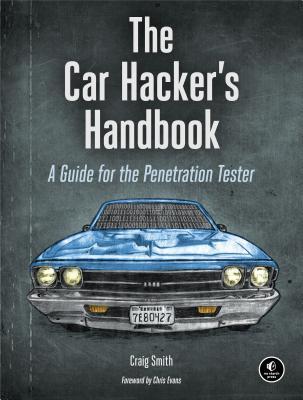What do you think?
Rate this book


304 pages, Paperback
First published January 25, 2016
A car can be a daunting hacking target. Most cars don’t come with a keyboard and login prompt, but they do come with a possibly unfamiliar array of protocols, CPUs, connectors, and operating systems. This book will demystify the common components in cars and introduce you to readily available tools and information to help get you started. By the time you’ve finished reading the book, you’ll understand that a car is a collection of connected computers—there just happen to be wheels attached. Armed with appropriate tooling and information, you’ll have the confidence to get hacking.
You might find that you’re unable to shut the car down. This is a bad, but fortunately rare, situation. First, check that you aren’t flooding the CAN bus with traffic; if you are, stop and disconnect from the CAN bus. If you’re already disconnected from the CAN bus and your car still won’t turn off, you’ll need to start pulling fuses until it does.
The California Air Resources Board (CARB) began testing roadside readers for OBD-III in 1994 and is capable of reading vehicle data from eight lanes of traffic traveling at 100 miles per hour.
DSRC data rates depend on the number of users accessing the local system at the same time. A single user on the system would typically see data rates of 6 to 12Mbps, while users in a high-traffic area—say, an eight-lane freeway—would likely see 100 to 500Kbps. A typical DSRC system can handle almost 100 users in high-traffic conditions, but if the vehicles are traveling around 60 km/h, or 37 mph, it’ll usually support around only 32 users.